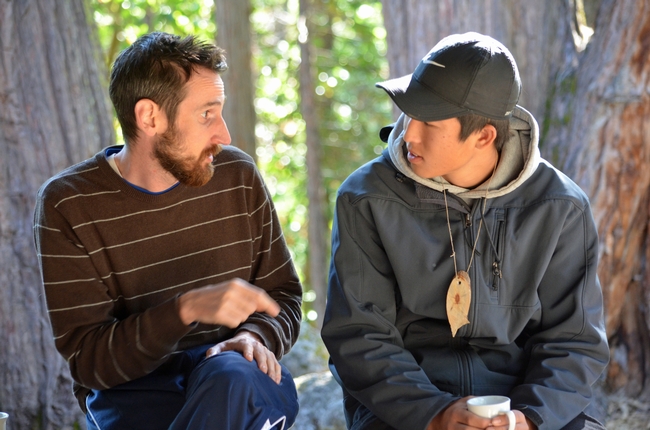My favorite part of our Sacramento 4-H volunteer orientation comes when we introduce the 4-H Thriving Model (Arnold, 2018). “Think back to when you were a child or a teenager,” we ask. “Other than your parents, was there an adult—a coach, a teacher, a neighbor—who was special? What made them so?” As participants take a moment to remember, to share with a partner then perhaps with the larger group about this individual, the conversation deepens.
“I had a teacher who nominated me for an honor. She saw something in me that I didn't see in myself.”
“Every night at bedtime my camp counselor would spend a few minutes asking questions and just listening about our day. I bonded with them and our cabin group bonded with each other.”
“My high school economics teacher pushed me in a subject area completely new to me, and it was a turning point in how I engaged in learning.”
As I listen to these stories, I can't emphasize enough how important relationships with caring adults are in youth development work. In the 4-H Thriving Model, relationships are characterized as part of the “soil”—the foundational element—critical to a young person's (and I'd argue, anyone's) growth. Nutrient-rich soil grows strong plants. Or, as the metaphor goes, positive, caring adults develop healthy, capable youth.
What are the qualities of a caring adult? To cultivate strong relationships, consider the following.
- Express Care:What things can you do to help a young person feel special and important to you? Do you know not only their name, but a bit about who they are, what they enjoy, perhaps what they find difficult? Do you celebrate their successes?
- Challenge Growth: How do you engage youth in learning? How do you encourage goal setting and practice? Do you build in time for youth to reflect not just in their project, but on their leadership, teamwork, and responsibilities?
- Provide Support: What do the youth you work with need from you? Encouragement? Check-ins? Coaching? Have you asked them how you can best support their efforts?
- Share Power: How well do you build your program with young people, not just for young people? Do they share their thoughts with you? Do they assume leadership roles? How might you listen better to incorporate their ideas into your project?
- Expand Possibilities: What can you do to help youth see and connect with a bigger future? Might you bring in speakers or plan for field trips to explore education or career possibilities? For older youth, are there doors you might open or connections you might facilitate?
There is no greater compliment than when an adult looks back and says, “You made a difference in my life.” Each one of us is in a position to be that special person. What a gift.
Arnold, M. E. (2018). From context to outcomes: A thriving model for 4-H youth development programs. Journal of Human Sciences and Extension, 6 (1), 141-160.
